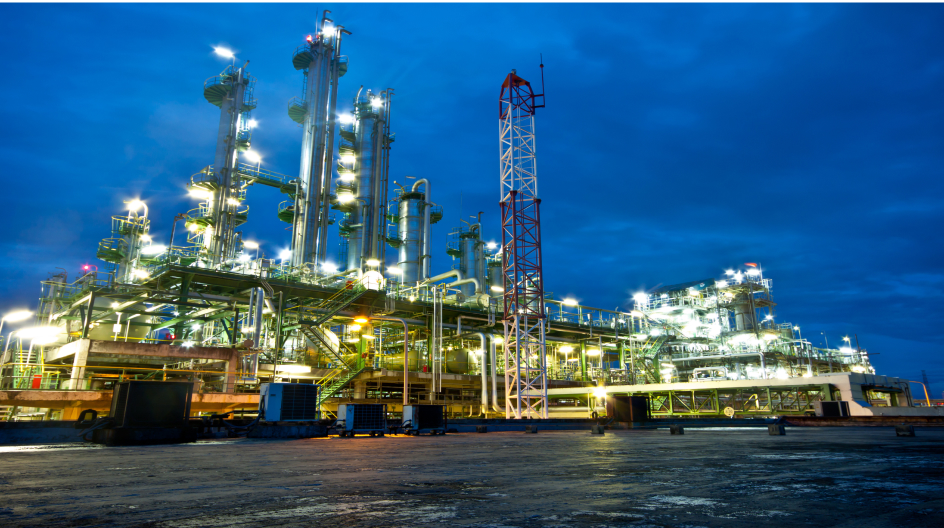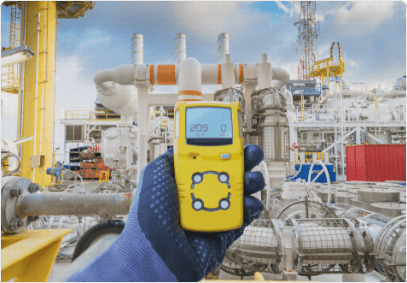Some Ideas on Roar Solutions You Need To Know
Some Ideas on Roar Solutions You Need To Know
Blog Article
Not known Details About Roar Solutions
Table of ContentsThe Best Guide To Roar SolutionsRoar Solutions Fundamentals ExplainedGetting My Roar Solutions To Work
In such an environment a fire or explosion is possible when three standard problems are satisfied. This is usually described as the "dangerous area" or "burning" triangular. In order to shield installments from a prospective surge an approach of evaluating and categorizing a potentially unsafe area is called for. The purpose of this is to guarantee the right choice and installment of devices to ultimately prevent a surge and to make certain safety and security of life.
(http://prsync.com/roar-solutions/)
No equipment should be set up where the surface area temperature of the devices is higher than the ignition temperature level of the given risk. Below are some common dust dangerous and their minimal ignition temperature. Coal Dust 380C 225C Polythene 420C (thaws) Methyl Cellulose 420C 320C Starch 460C 435C Flour 490C 340C Sugar 490C 460C Grain Dust 510C 300C Phenolic Resin 530C > 450C Aluminium 590C > 450C PVC 700C > 450C Soot 810C 570C The possibility of the hazard existing in a focus high enough to cause an ignition will vary from area to area.
In order to categorize this threat a setup is separated right into areas of risk depending upon the amount of time the hazardous exists. These locations are described as Areas. For gases and vapours and dusts and fibres there are three zones. Zone 0 Zone 20 A dangerous atmosphere is highly likely to be present and might exist for long periods of time (> 1000 hours annually) or even continually Area 1 Area 21 An unsafe ambience is possible however unlikely to be existing for long periods of time (> 10 450 C [842 F] A classification of T6 indicates the minimum ignition temperature level is > 85 C [185 F] Unsafe area electrical tools maybe created for use in higher ambient temperature levels. This would suggested on the ranking plate e.g. EExe II C T3 Ta + 60C( This indicates at 60C ambient T3 will certainly not be surpassed) T1 T1, T2, T3, T4, T5, T6 T2 T2, T3, T4, T5, T6 T3 T3, T4, T5, T6 T4 T4, T5, T6 T5 T5, T6 T6 T6 A T Course score of T1 implies the optimum surface temperature level produced by the tool at 40 C is 450 C. Assuming the linked T Class and Temperature level score for the devices are appropriate for the location, you can constantly utilize a tool with a more rigid Division ranking than required for the area. There isn't a clear solution to this concern sadly. It really does rely on the sort of tools and what fixings need to be lugged out. Tools with particular test procedures that can't be done in the field in order to achieve/maintain third event ranking. Must return to the manufacturing facility if it is before the devices's solution. Area Repair Work By Authorised Worker: Complex screening might not be required nonetheless specific procedures may require to be followed in order for the equipment to keep its 3rd event rating. Authorised workers have to be utilized to do the work appropriately Repair service need to be a like for like replacement. New component need to be taken into consideration as a direct replacement requiring no unique testing of the equipment after the repair service is full. Each item of equipment with a hazardous score must be reviewed separately. These are detailed at a high level below, however, for even more thorough info, please refer straight to the guidelines.
Some Known Factual Statements About Roar Solutions
The tools register is a thorough data source of equipment records that includes a minimum set of areas to determine each product's location, technological parameters, Ex-spouse classification, age, and environmental information. This details is vital for tracking and managing the tools effectively within dangerous locations. On the other hand, for routine or RBI sampling examinations, the quality will certainly be a combination of In-depth and Close inspections. The proportion of Comprehensive to Close inspections will certainly be identified by the Tools Risk, which is examined based on ignition threat (the chance of a resource of ignition versus the possibility of a flammable environment )and the unsafe location classification
( Area 0, 1, or 2). This variation will certainly also influence the resourcing needs for work preparation. As soon as Lots are defined, you can create tasting plans based on the example size of each Whole lot, which describes the number of arbitrary tools things to be evaluated. To figure out the called for example dimension, 2 elements require to be evaluated: the dimension of the Whole lot and the group of evaluation, which indicates the level of initiative that must be used( decreased, regular, or boosted )to the evaluation of the Great deal. By incorporating the classification of assessment with the Great deal size, you can after that establish the proper denial standards for an example, suggesting the permitted variety of damaged products discovered within that sample. For more information on this procedure, please describe the Energy Institute Standards. The IEC 60079 typical suggests that the maximum interval between evaluations should not go beyond 3 years. EEHA assessments will also be carried out outside of RBI campaigns as component of scheduled maintenance and equipment overhauls or repair services. These assessments can be credited towards the RBI sample sizes within the impacted Great deals. EEHA evaluations are conducted to identify mistakes in electrical devices. A weighted racking up system is crucial, as a solitary tool might have numerous faults, each with varying degrees of ignition danger. If the mixed score of both inspections is less than two times the mistake score, the Great deal is considered appropriate. If the Lot is still thought about inappropriate, it has to go through a complete evaluation or justification, which may trigger more stringent examination procedures. Accepted Whole lot: The root causes of any kind of faults are determined. If a typical failing mode is found, added equipment may call for maintenance. Faults are identified by seriousness( Safety and security, Integrity, House cleaning ), guaranteeing that urgent problems are assessed and dealt with immediately to mitigate any type of effect on safety or procedures. The EEHA database should track and tape-record the lifecycle of like it mistakes along with the restorative activities taken. Applying a robust Risk-Based Evaluation( RBI )method is crucial for making sure conformity and safety and security in taking care of Electric Devices in Hazardous Areas( EEHA) (eeha training). Automated Fault Rating and Lifecycle Administration: Easily take care of faults and track their lifecycle to enhance assessment accuracy. The introduction of this support for risk-based assessment additionally strengthens Inspectivity's setting as a best-in-class service for governing compliance, as well as for any type of asset-centric inspection use case. If you want finding out more, we welcome you to request a demonstration and discover how our remedy can change your EEHA administration processes.
Roar Solutions Things To Know Before You Buy

In regards to explosive danger, a harmful area is an environment in which an explosive ambience exists (or may be expected to be present) in amounts that need unique preventative measures for the building, installment and use tools. high voltage courses. In this post we check out the obstacles dealt with in the office, the danger control measures, and the called for proficiencies to work safely
It is a repercussion of modern life that we make, keep or handle a variety of gases or liquids that are considered combustible, and a variety of dirts that are regarded flammable. These materials can, in certain problems, create eruptive ambiences and these can have major and heartbreaking repercussions. A lot of us recognize with the fire triangle eliminate any type of among the 3 components and the fire can not take place, but what does this mean in the context of unsafe locations? When damaging this down into its simplest terms it is essentially: a mix of a particular quantity of release or leak of a specific compound or product, blending with ambient oxygen, and the existence of a resource of ignition.
In the majority of instances, we can do little about the levels of oxygen in the air, yet we can have substantial impact on resources of ignition, as an example electric devices. Harmful locations are documented on the harmful location category illustration and are identified on-site by the triangular "EX LOVER" indication. Here, amongst other essential info, zones are split right into three types relying on the danger, the chance and duration that an eruptive environment will certainly exist; Area 0 or 20 is deemed the most dangerous and Zone 2 or 22 is deemed the least.
Report this page